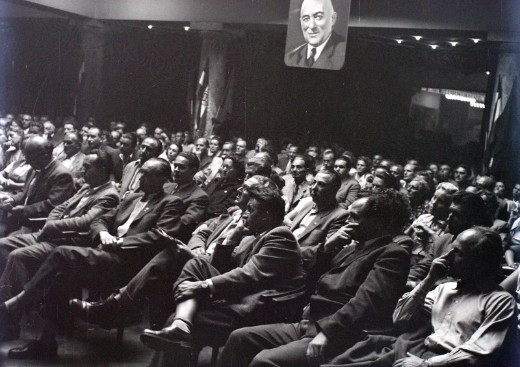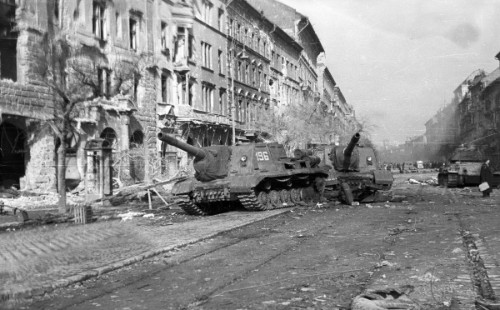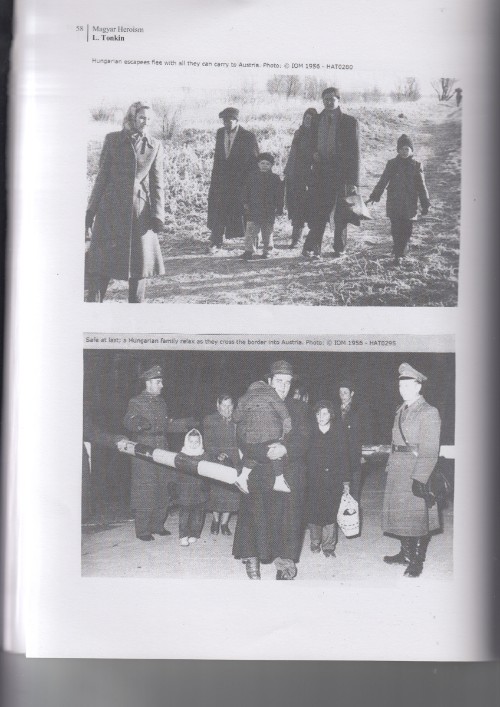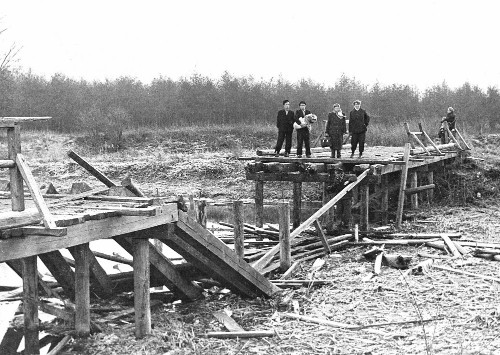REMEMBER 1956
REMEMBER 1956
Sixty years ago, in late 1956 and early 1957, 1500 Hungarians arrived to South Africa. Their homeland had revolted against the dictatorship, but everything was lost after the demise of the fight for independence that had started on October 23, 1956. The Hungarians arriving to South Africa knew next to nothing about this wonderful country, but they learned fast. Along with the handful of Hungarians who already lived here, and later joined by others, they became at once the citizens of the host country, and remained faithful sons of their motherland. This website tells their story. It expresses the respect of the descendants towards hope, patriotism, and the fight for freedom.















































